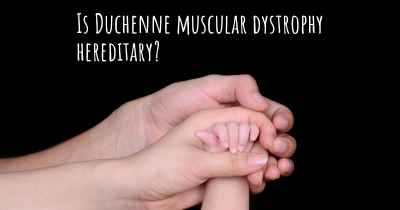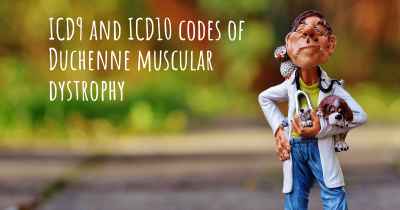What is the history of Duchenne muscular dystrophy?
When was Duchenne muscular dystrophy discovered? What is the story of this discovery? Was it coincidence or not?

Duchenne muscular dystrophy (DMD) is a genetic disorder characterized by progressive muscle degeneration and weakness. It is one of the most common and severe forms of muscular dystrophy, affecting approximately 1 in every 3,500 to 5,000 male births worldwide. The condition was first described by the French neurologist Guillaume-Benjamin-Amand Duchenne in the mid-19th century.
Early Discoveries:
In 1858, Duchenne published his seminal work "De l'electrisation localisee" (Localized Electrization), which detailed his observations on various neuromuscular disorders, including what would later be known as Duchenne muscular dystrophy. He described the progressive muscle weakness and wasting that affected young boys, leading to their premature death. Duchenne's work laid the foundation for understanding the pathology and clinical manifestations of the disease.
Identification of the Genetic Cause:
It wasn't until the late 1980s that significant progress was made in identifying the genetic cause of Duchenne muscular dystrophy. In 1986, researchers discovered a gene on the X chromosome that was responsible for producing a protein called dystrophin. This gene, named DMD, was found to be mutated in individuals with DMD. The dystrophin protein plays a crucial role in maintaining the structural integrity of muscle fibers.
Understanding the Disease Mechanism:
Further research revealed that the absence or deficiency of dystrophin in individuals with DMD leads to the progressive degeneration of muscle tissue. Without dystrophin, the muscle fibers become weak and easily damaged, resulting in the characteristic muscle weakness and wasting seen in DMD. The exact mechanism by which the absence of dystrophin leads to muscle degeneration is still not fully understood.
Diagnostic Advances:
Over the years, advances in genetic testing and diagnostic techniques have greatly improved the accuracy and efficiency of diagnosing Duchenne muscular dystrophy. Today, a simple blood test can identify mutations in the DMD gene, allowing for early detection and intervention. Additionally, muscle biopsies and electromyography (EMG) can provide further confirmation of the disease.
Treatment and Management:
Unfortunately, there is currently no cure for Duchenne muscular dystrophy. However, significant progress has been made in managing the symptoms and improving the quality of life for individuals with DMD. Physical therapy, orthopedic interventions, and the use of assistive devices can help maintain mobility and function. Corticosteroids, such as prednisone, have been shown to slow down the progression of muscle weakness and delay the loss of ambulation.
Research and Future Directions:
Research efforts are ongoing to develop new therapies for Duchenne muscular dystrophy. Gene therapy, which aims to introduce a functional copy of the DMD gene into muscle cells, holds promise for treating the underlying cause of the disease. Other approaches, such as exon skipping and gene editing, are also being explored to restore dystrophin production. Additionally, advancements in regenerative medicine and stem cell therapy offer potential avenues for muscle repair and regeneration.
Conclusion:
Duchenne muscular dystrophy has a long and storied history, from its initial description by Guillaume-Benjamin-Amand Duchenne to the identification of the genetic cause and ongoing research efforts. While there is still much to learn about the disease, significant progress has been made in understanding its mechanisms and developing strategies to manage its symptoms. With continued research and advancements in medical technology, there is hope for improved treatments and ultimately a cure for Duchenne muscular dystrophy.








